-
Pterodactyl
Daniel Nunn
Paperback (Heinemann, July 1, 2014)This book takes a very simple look at pterodactyls, examining what they looked like, what they ate, how they behaved, and their special features and skills such as their wings and their ability to fly. The book also discusses how we know about pterodactyls and other dinosaurs today, showing where fossils are found and how scientists put them together. K
K
-
Brachiosaurus
Daniel Nunn
Paperback (Heinemann, July 1, 2014)This book takes a very simple look at the Brachiosaurus dinosaur, examining what it looked like, what it ate, how it behaved, and its special skills and features such as its very long neck. The book also discusses how we know about Brachiosaurus today, showing where fossils are found and how scientists put them together.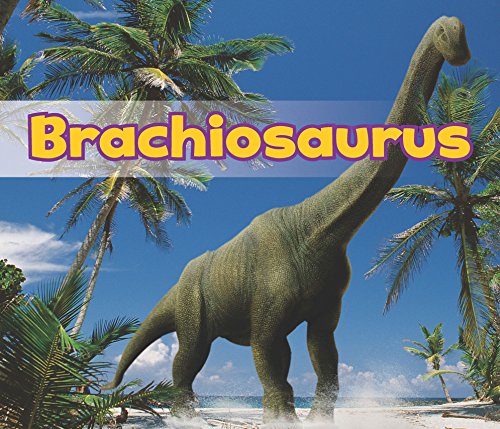 N
N
-
T-Rex
Amy Allatson
Hardcover (Book Life, )None
-
Diplodocus
Daniel Nunn
Paperback (Heinemann, July 1, 2014)This book takes a very simple look at the Diplodocus dinosaur, examining what it looked like, what it ate, how it behaved, and its special skills and features such as its very long neck and tail. The book also discusses how we know about Diplodocus today, showing where fossils are found and how scientists put them together.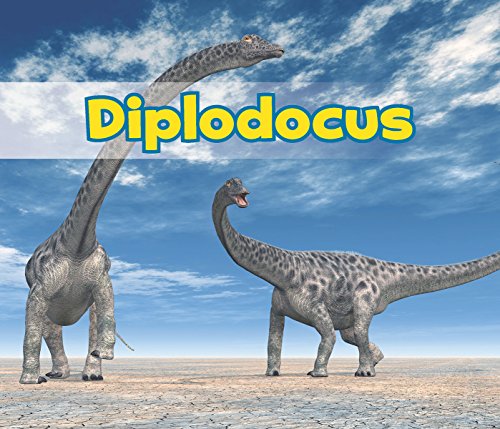 N
N
-
Tyrannosaurus Rex
Daniel Nunn
Paperback (Heinemann, July 1, 2014)This book takes a very simple look at the Tyrannosaurus rex dinosaur, examining what it looked like, what it ate, how it behaved, and its special skills and features such as its enormous teeth and powerful jaws. The book also discusses how we know about Tyrannosaurus rex today, showing where fossils are found and how scientists put them together. N
N
-
Pterodactyl
Daniel Nunn
Library Binding (Heinemann, July 1, 2014)This book takes a very simple look at pterodactyls, examining what they looked like, what they ate, how they behaved, and their special features and skills such as their wings and their ability to fly. The book also discusses how we know about pterodactyls and other dinosaurs today, showing where fossils are found and how scientists put them together. K
K
-
Parasaurolophus
Mike Clark
Paperback (Kidhaven, Jan. 15, 2018)Parasaurolophus is known for the trumpet-shaped crest on its head, which makes a low sound similar to the one elephants or whales make when communicating among their species. Readers learn this and other interesting facts about this dinosaur, such as what it ate, the places it called home, and how it survived among predators. This compelling material is presented through an age-appropriate text to enhance students knowledge of these prehistoric creatures. Readers uncover additional information in captivating fact boxes, colorful illustrations, and well-organized diagrams. This text keeps readers entertained while also aligning with a fundamental science curriculum topic. J
J
-
Velociraptor
Daniel Nunn
Paperback (Raintree, Sept. 10, 2015)This book takes a very simple look at the Velociraptor dinosaur, examining what it looked like, what it ate, how it behaved, and its special skills and features such as its sharp teeth and claws. The book also discusses how we know about Velociraptor today, showing where fossils are found and how scientists put them together.
-
Diplodocus
Daniel Nunn
Library Binding (Heinemann, July 1, 2014)This book takes a very simple look at the Diplodocus dinosaur, examining what it looked like, what it ate, how it behaved, and its special skills and features such as its very long neck and tail. The book also discusses how we know about Diplodocus today, showing where fossils are found and how scientists put them together.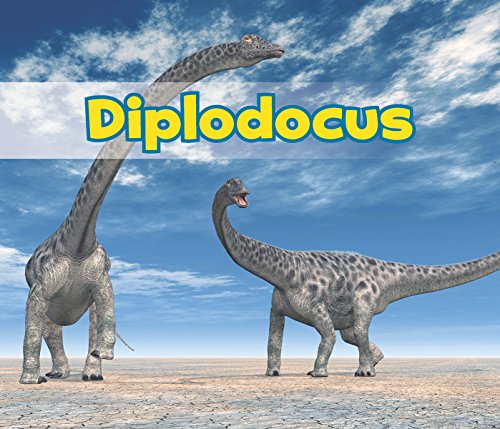 N
N
-
Triceratops
Daniel Nunn
Paperback (Heinemann, July 1, 2014)This book takes a very simple look at the Triceratops dinosaur, examining what it looked like, what it ate, how it behaved, and its special skills and features such as the horns on its head. The book also discusses how we know about Triceratops today, showing where fossils are found and how scientists put them together.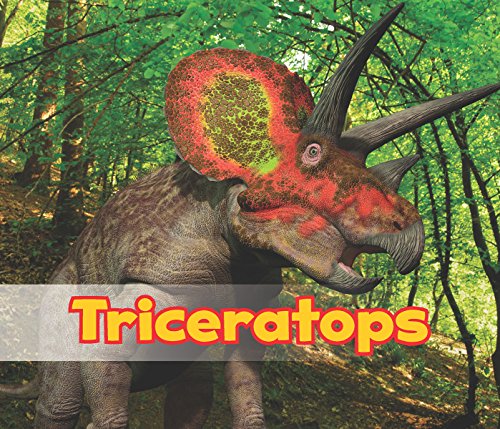 I
I
-
Velociraptor
Daniel Nunn
Paperback (Heinemann, July 1, 2014)This book takes a very simple look at the Velociraptor dinosaur, examining what it looked like, what it ate, how it behaved, and its special skills and features such as its sharp teeth and claws. The book also discusses how we know about Velociraptor today, showing where fossils are found and how scientists put them together.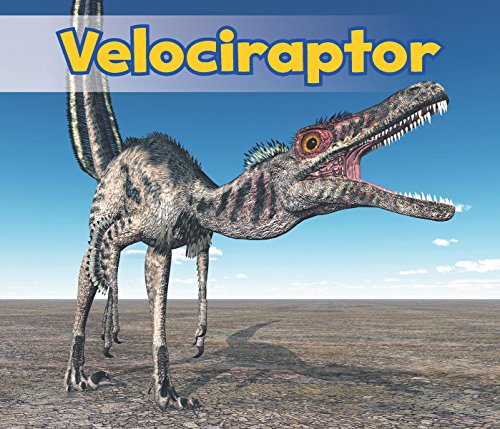 O
O
-
Tyrannosaurus Rex
Daniel Nunn
Paperback (Heinemann Library, Feb. 26, 2008)With life-like illustrations and simple text, books in this series introduce children to different dinosaurs and their unique characteristics. Children learn the features of each dinosaur, what they ate, and whether they were predator or prey to other dinosaurs. The books also introduce fossils and how they play a role in our knowledge of dinosaurs' existence. In this book, children learn about the features of Tyrannosaurus Rex, what Tyrannosaurus Rex ate, and how it attacked other dinosaurs.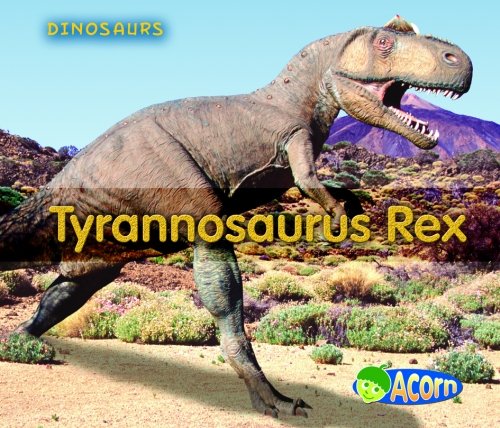 N
N